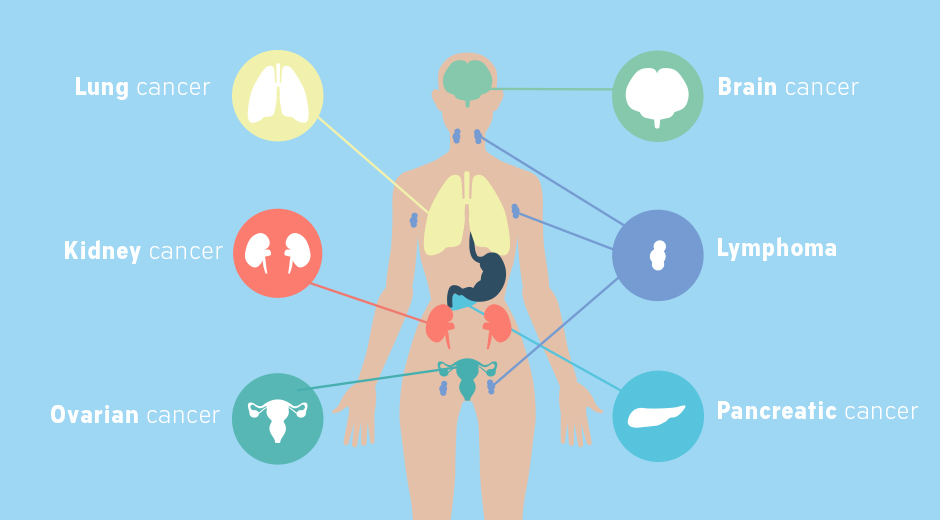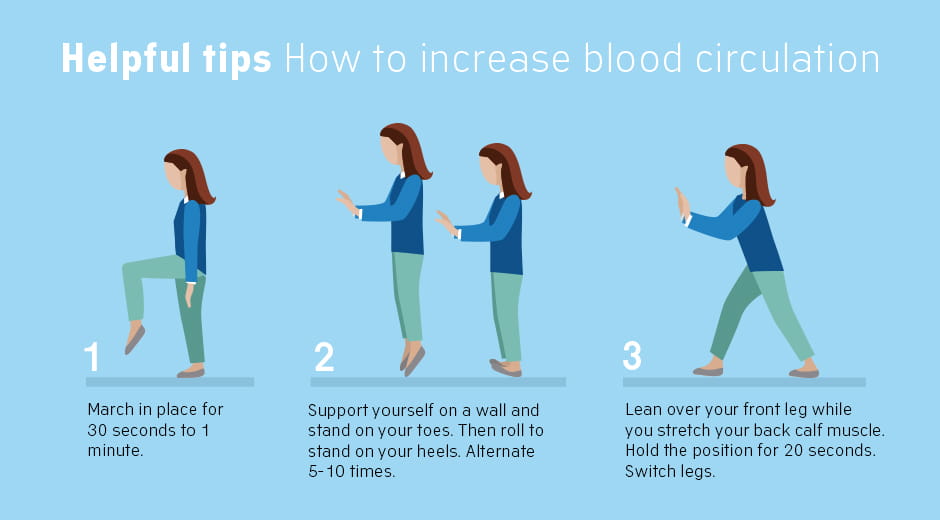Learn about the link between cancer and deep vein thrombosis (DVT)
People with cancer need to be aware of the signs and symptoms of DVT. Some factors that may impact the likelihood for developing a blood clot are listed below.
Types of cancer1
Certain types of cancer are associated with a higher risk of DVT than other cancer types1. The reason for this is unclear.

Cancer treatment2-4
While your treatment is vital to fight your cancer, it may also increase your risk of blood clots2. Chemotherapy and surgery can damage the walls of your blood vesselsaffecting the way they function which can also lead to a blood clot.3 When chemotherapy kills cancer cells, certain substances that can cause clotting are released into the blood stream4. It’s a good idea to ask your doctor about this so that you can be informed of any risks associated with the treatment you have been prescribed.
Activity5
Staying active while you fight cancer might feel like a challenge, but even light activity can be very beneficial. Staying active will help you keep blood moving through your veins so that you are less likely to develop a clot in the first place.5

References
- Brown A “Preventing VTE in hospitalized patients with cancer” Am J Health Syst Pharm 2012; 69(6), p. 469-481.
- Horsted, F., West, J., & Grainge, M. J. "Risk of venous thromboembolism in patients with cancer: a systematic review and meta-analysis" PloS Med 2012; 9(7), e1001275
- Blann A.D. et al “Arterial and venous thrombosis in cancer patients” Card Res Practice Vol 2011, p. 1-12
- Reitsma, P. H., Versteeg, H. H., & Middeldorp S "Mechanistic view of risk factors for venous thromboembolism." Arterioschlerosis, thrombosis and vascular biology 2012;32(3):563-568
- Goldhaber, S., & Fanikos, J, “Prevention of Deep Vein Thrombosis and Pulmonary Embolism” Circulation 2004; 110: e445-e447.
UK/IE/MAT- 72248. April 2024
